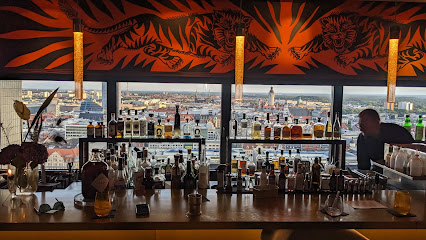
A Journey Through Antiquity
Explore ancient Greek and Roman art and culture at the Museum of Antiquities of Leipzig University, home to a diverse collection of artifacts and plaster casts in the historic Alte Nikolaischule.
The Museum of Antiquities of Leipzig University, nestled in the heart of Leipzig's historic district, offers a captivating glimpse into the world of ancient Greece and Rome. Founded in 1840, this academic collection showcases a diverse array of artifacts, from intricately decorated vases and terracotta figurines to imposing plaster casts of renowned sculptures. Housed within the historic Alte Nikolaischule, the museum provides a unique opportunity to explore classical art and culture within the walls of a building that has witnessed centuries of Leipzig's history. Whether you're a seasoned archaeologist or a curious traveler, the museum's rich collection and engaging exhibits promise an enriching and educational experience. The museum's location near the iconic Nikolaikirche and the bustling city center makes it easily accessible and a perfect addition to any Leipzig itinerary. Don't miss the chance to step back in time and discover the wonders of antiquity at this hidden gem in Leipzig.
A brief summary to Museum of Antiquities of Leipzig University
- Alte Nikolaischule, Nikolaikirchhof 2, Leipzig, Mitte, 04109, DE
- +493419730700
- Visit website
Local tips
- Check the museum's website for special exhibitions and events that may coincide with your visit.
- Combine your visit with a tour of the Alte Nikolaischule to learn about the building's history.
- Visit the nearby Nikolaikirche, a pivotal site in the Peaceful Revolution of 1989.
Getting There
-
Public Transport
The Museum of Antiquities is easily accessible by public transport. From Leipzig Hauptbahnhof (main train station), it's approximately a 5-10 minute walk. Alternatively, take tram lines 4, 7, 8, 10, 11, 12, 14, 15, or 16 to the Augustusplatz stop, which is a short walk to the Nikolaikirchhof. The S-Bahn station Markt (S1-S5) is also within walking distance. A single tram or S-Bahn fare within Leipzig is approximately €2.70.
-
Walking
From Augustusplatz, walk west towards the Nikolaikirche. The Alte Nikolaischule, housing the Museum of Antiquities, is located adjacent to the church on Nikolaikirchhof 2. The walk is short and straightforward, passing by several shops and cafes.
-
Taxi/Ride-Share
A taxi or ride-share from Leipzig Hauptbahnhof to the Museum of Antiquities would typically cost between €8-€12, depending on traffic. The journey takes approximately 5-10 minutes.
-
Parking
Parking near the Museum of Antiquities is limited due to its location in a pedestrian zone. The nearest parking facilities are the city center car parks at Augustusplatz, Marktgalerie, and Brühl. Parking fees typically range from €2-€4 per hour.
Discover more about Museum of Antiquities of Leipzig University
Iconic landmarks you can’t miss
Museum of Antiquities of Leipzig University
0.0 km
Explore ancient Greek and Roman art and culture at the Museum of Antiquities of Leipzig University, home to a diverse collection of artifacts and plaster casts in the historic Alte Nikolaischule.
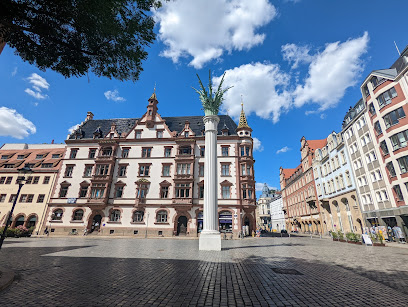
Tympanon-Fries
0.1 km
Discover the poignant Tympanon-Fries on Augustusplatz, a restored fragment of Leipzig's Neues Theater, destroyed in WWII, offering a glimpse into the city's rich cultural history and resilience.
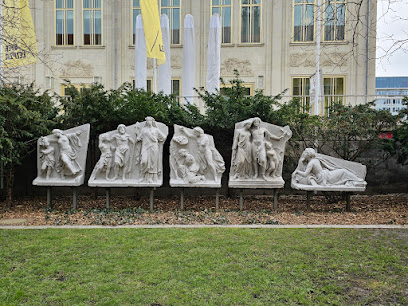
Böttchergäßchen 3
0.2 km
Explore Böttchergäßchen in Leipzig: A historic lane blending museums, culture, and shopping in the heart of the city, offering a unique glimpse into Leipzig's past and present.

Аlte Waage
0.2 km
Discover Leipzig's historical gem, Allte Waage, where architectural beauty meets rich cultural heritage in the heart of the city.

Faust and Mephisto Sculpture
0.3 km
Experience Goethe's Faust brought to life in bronze at the heart of Leipzig's elegant Mädlerpassage, where literary history meets upscale charm and a touch of Faustian legend.
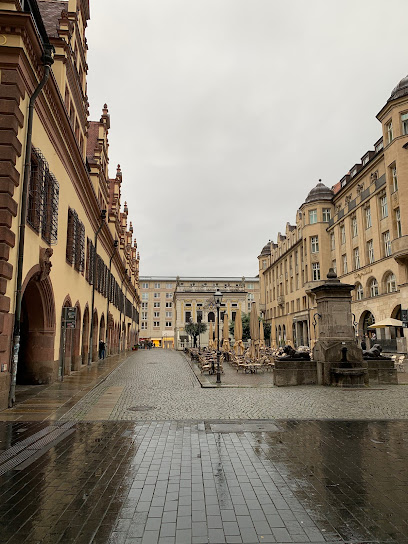
Augustusplatz
0.3 km
Experience the vibrant heart of Leipzig at Augustusplatz, a historic square blending iconic architecture, cultural events, and modern urban life in the center of the city.
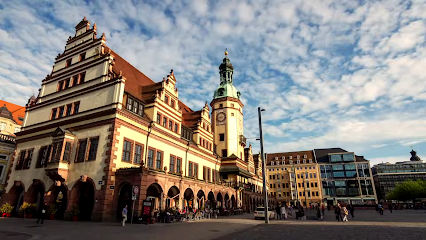
Denkmal der Leipzig-Dresdner Eisenbahn
0.3 km
Commemorating Germany's first long-distance railway, this elegant obelisk stands as a testament to Leipzig's pioneering role in transportation and industrial development.
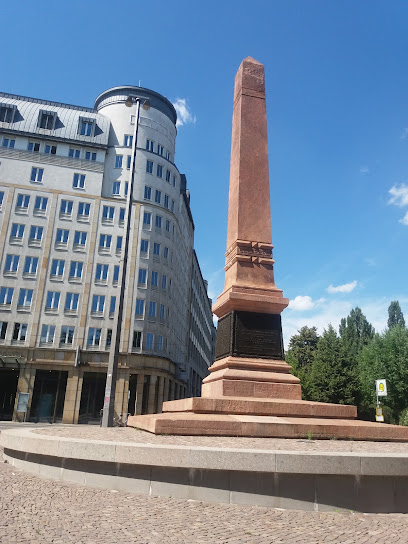
City-Hochhaus Leipzig
0.3 km
Experience Leipzig from Above: Ascend the City-Hochhaus, an architectural icon offering panoramic city views and a glimpse into Leipzig's vibrant history and modern skyline.
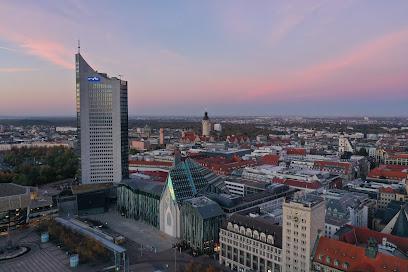
Pilzsäule
0.3 km
Discover the artistic charm of the Pilzsäule in Leipzig, a whimsical mushroom-shaped landmark that embodies the city's vibrant culture and history.
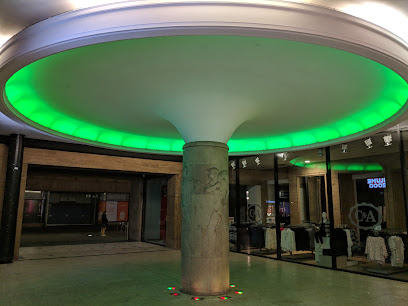
Katharinenstraße 17
0.3 km
Discover Kretschmanns Hof in Leipzig: A historic building with unique architecture, a vibrant cultural scene, and a passageway to the city's rich past, located in the heart of the city.

Lipsia Brunnen
0.4 km
Discover the Lipsia Brunnen in Leipzig: A tranquil oasis where art, history, and serenity converge, offering a timeless escape in the heart of the city near the historic coffee house.
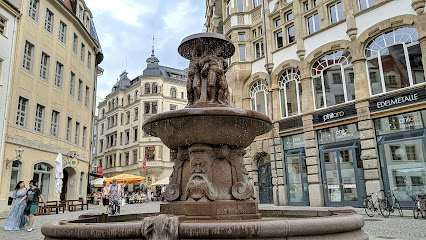
Schiller-Denkmal
0.5 km
A marble monument in Leipzig honoring Friedrich Schiller, the famous German poet who penned 'Ode to Joy' during his stay in the city, a testament to Leipzig's rich cultural heritage.
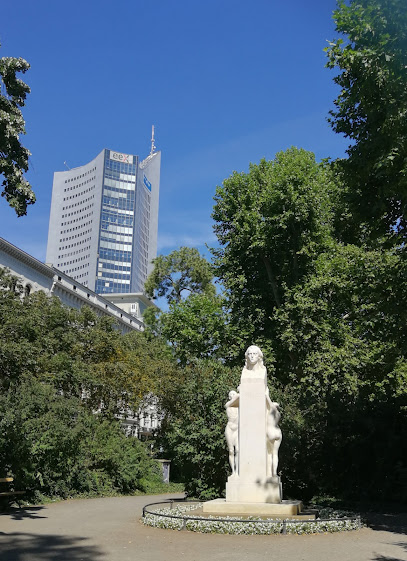
Geodätischer Referenzpunkt
0.5 km
Experience the Geodätischer Referenzpunkt in Leipzig, a unique scientific landmark showcasing the art of geodesy and its historical significance.
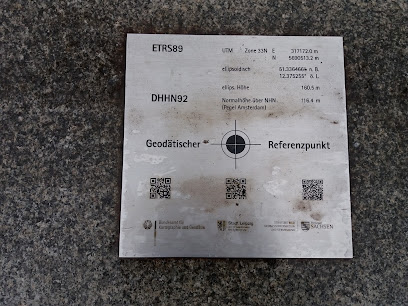
Stein Palmen
0.5 km
Discover Stein Palmen in Leipzig: A modern architectural marvel offering a serene escape with its captivating concrete design, blending art and tranquility in the heart of the city.
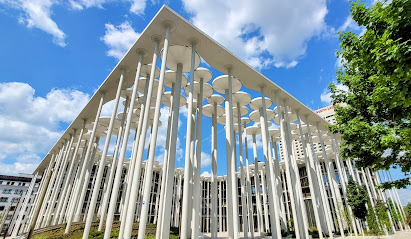
Altes Bach-Denkmal
0.5 km
Visit the Altes Bach-Denkmal in Leipzig, the world's oldest monument to Johann Sebastian Bach, and immerse yourself in the city's rich musical heritage and the legacy of a musical genius.
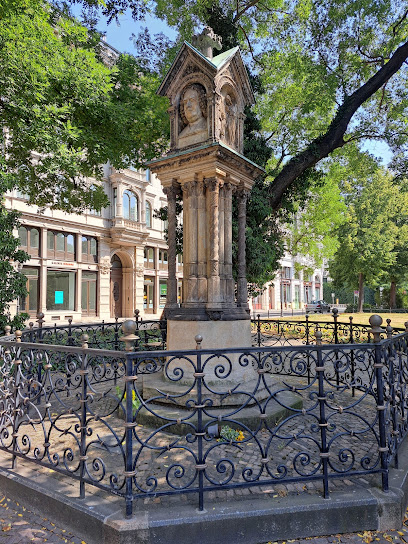
Unmissable attractions to see
Richard Wagner Ausstellung
0.0 km
Explore the life and legacy of Richard Wagner at the Wagner Exhibition in Leipzig - a captivating museum for music lovers and culture seekers.
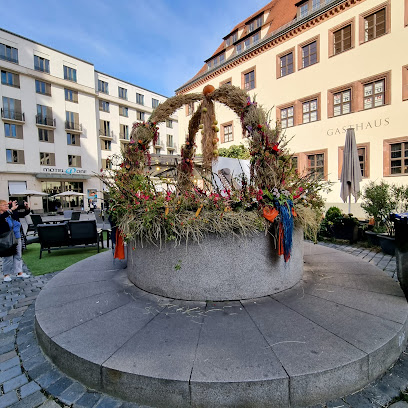
Nikolaisäule
0.0 km
Discover the historical beauty of Nikolaisäule in Leipzig, a magnificent monument at the heart of the city that reflects its rich cultural heritage.
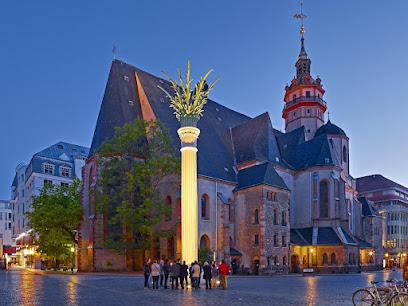
St. Nicholas Church
0.0 km
Discover the historical and architectural marvel of St. Nicholas Church in Leipzig, a symbol of peace and artistic beauty.
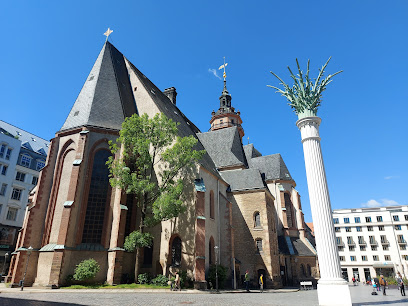
Egyptian Museum
0.1 km
Explore the Egyptian Museum in Leipzig: A captivating journey through ancient Egyptian history and culture with stunning artifacts and exhibitions.
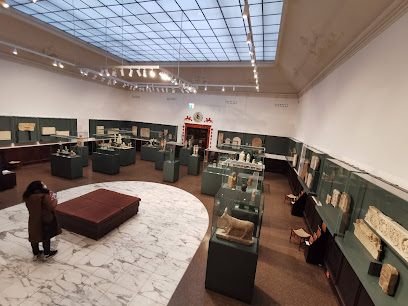
Riquethaus
0.1 km
Discover the historic charm of Riquethaus in Leipzig, where rich culture meets stunning architecture in the heart of the city.
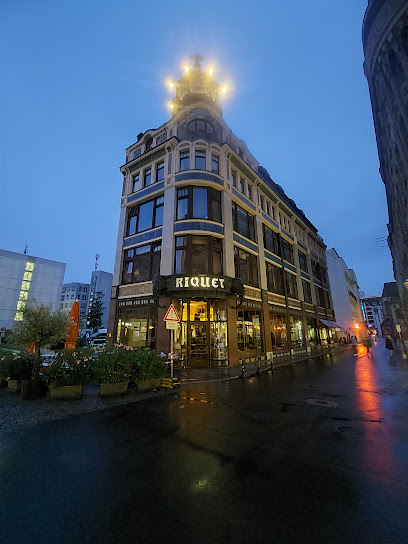
N' Ostalgie Museum
0.1 km
Explore the unique history of East Germany at the N' Ostalgie Museum in Leipzig, showcasing nostalgia and culture from the GDR era.
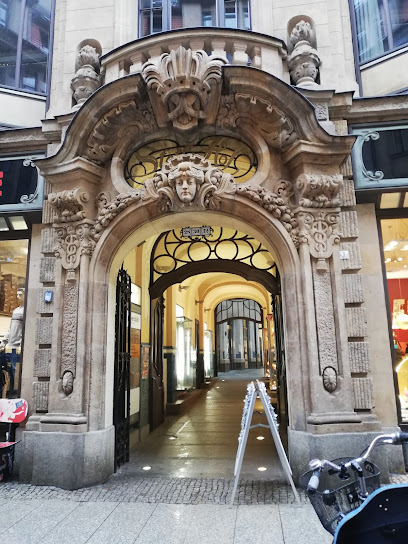
Unzeitgemäße Zeitgenossen
0.2 km
Discover Unzeitgemäße Zeitgenossen in Leipzig, a stunning sculpture that embodies the city's rich art and cultural heritage.
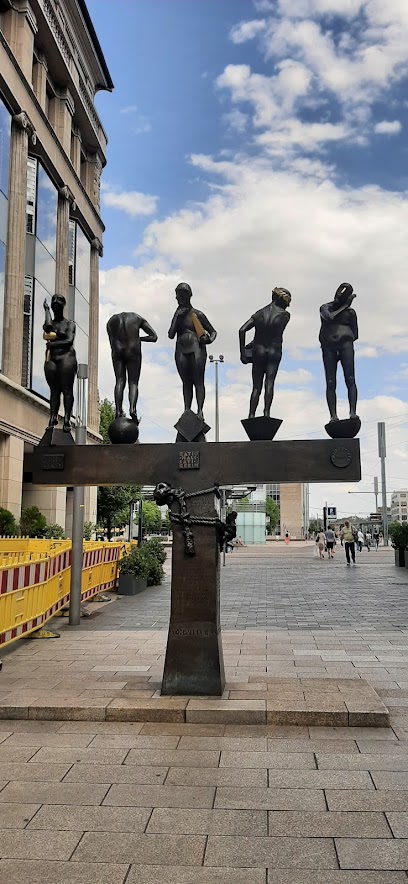
Oper Leipzig Bühneneingang
0.2 km
Experience the artistic splendor of Oper Leipzig, a historic opera house offering world-class performances and captivating cultural experiences in the heart of Leipzig.
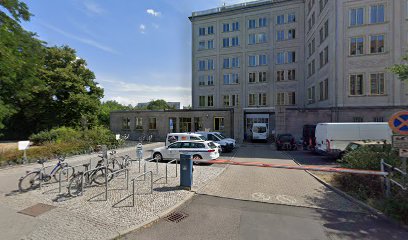
Demokratieglocke
0.2 km
Explore the Demokratieglocke in Leipzig, a powerful symbol of freedom and democracy, surrounded by vibrant culture and modern architecture.
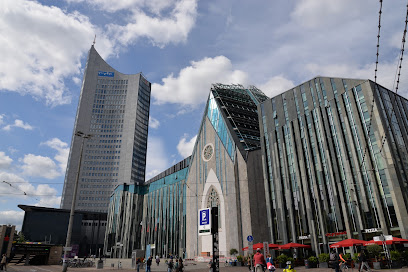
Oper Leipzig
0.2 km
Discover the enchanting world of music and performance at Oper Leipzig, a historic opera house that showcases a vibrant cultural scene in the heart of the city.
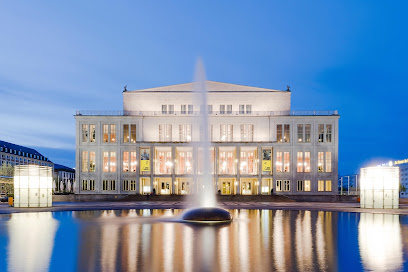
Paulinum - Aula und Universitätskirche St. Pauli
0.2 km
Explore the Paulinum - Aula and Universitätskirche St. Pauli, a stunning blend of modern architecture and historical significance in the heart of Leipzig.
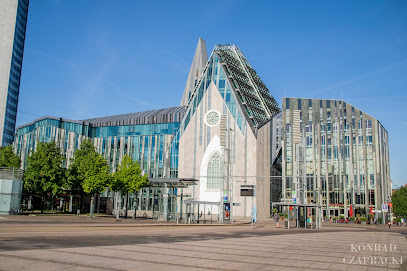
Naschmarkt
0.2 km
Discover Leipzig's historical heart at Naschmarkt, a vibrant marketplace blending rich heritage with modern culture and culinary delights.
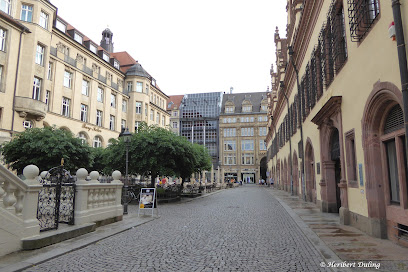
Alte Börse
0.2 km
Explore the rich history of Leipzig at Alte Börse, a captivating local history museum in the heart of the city, perfect for tourists and history enthusiasts.
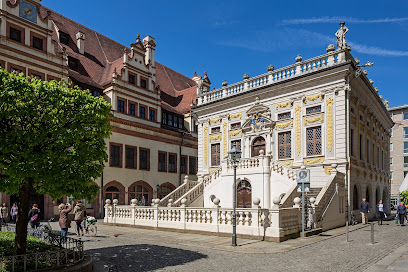
Statue of Goethe
0.2 km
Explore the Statue of Goethe in Leipzig, a stunning tribute to Germany's literary legacy, surrounded by vibrant markets and cultural experiences.
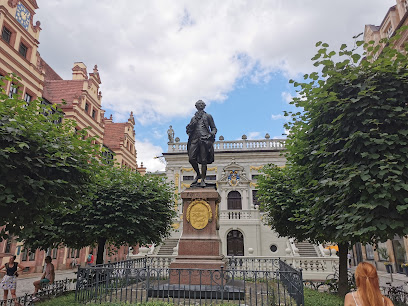
Bronze der Universitätskirche St. Pauli
0.2 km
Explore the stunning Bronze der Universitätskirche St. Pauli in Leipzig, a captivating blend of art, history, and serene atmosphere in the heart of the city.
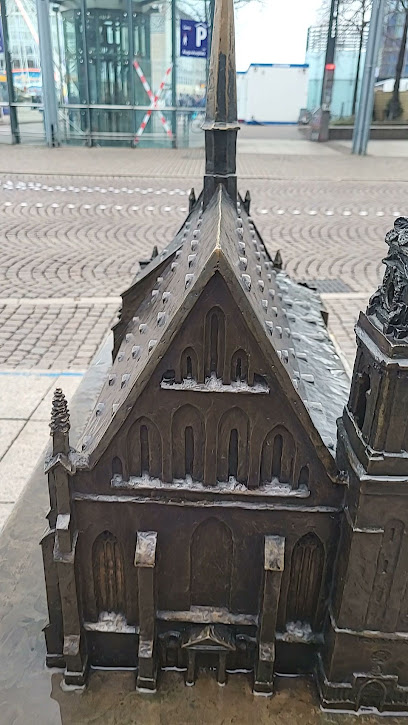
Essential places to dine
Planerts Restaurant
0.1 km
Discover culinary artistry at Planerts Restaurant in Leipzig - where fusion cuisine meets exceptional service in an elegant setting.
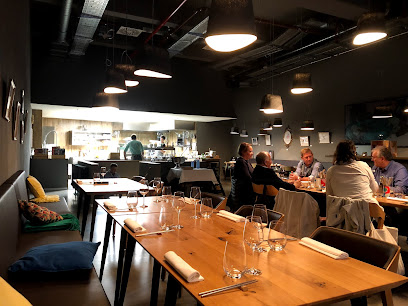
IMPERII
0.2 km
Experience the elegance of IMPERII in Leipzig - where gourmet cuisine meets vibrant nightlife in a chic setting.
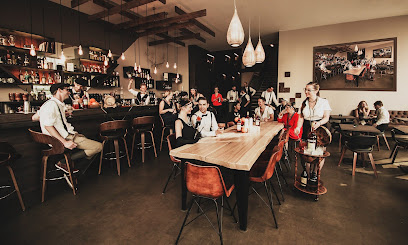
Leos Brasserie
0.2 km
Discover the charm of Leos Brasserie in Leipzig – where exquisite cuisine meets a warm and inviting atmosphere.
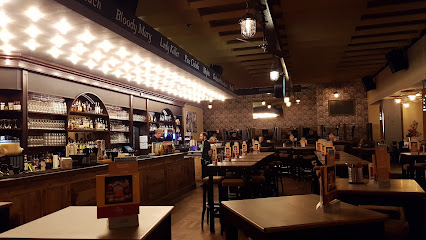
HANS IM GLÜCK - LEIPZIG Augustusplatz
0.3 km
Discover gourmet burgers in a cozy atmosphere at HANS IM GLÜCK - Leipzig's premier destination for food lovers.
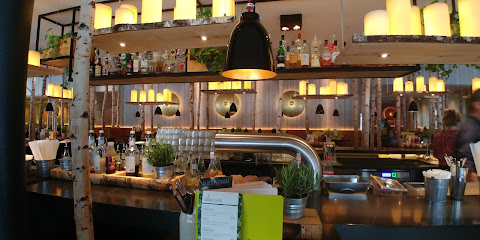
Max Enk
0.3 km
Experience the finest German cuisine at Max Enk - where every meal is a celebration of flavor and elegance in Leipzig.
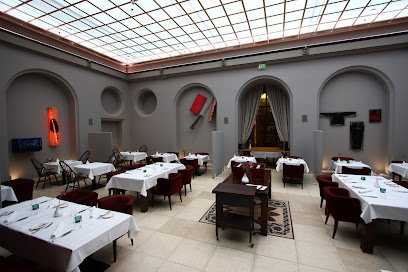
Steaktrain
0.3 km
Indulge in premium steaks at Steaktrain, Leipzig's top destination for carnivores seeking an unforgettable dining experience.
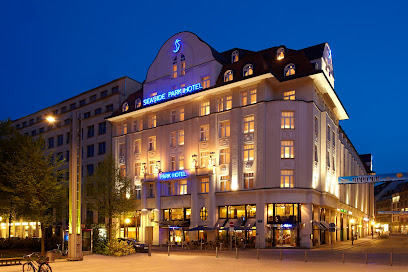
Stadtpfeiffer Restaurant im Gewandhaus
0.3 km
Experience exquisite modern French cuisine at Stadtpfeiffer Restaurant im Gewandhaus in Leipzig – where tradition meets innovation.
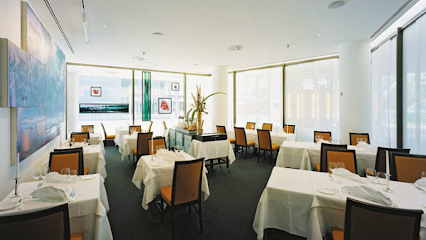
Restaurant Weinstock Leipzig
0.3 km
Discover traditional German flavors at Restaurant Weinstock Leipzig, where culinary excellence meets warm hospitality in the heart of the city.
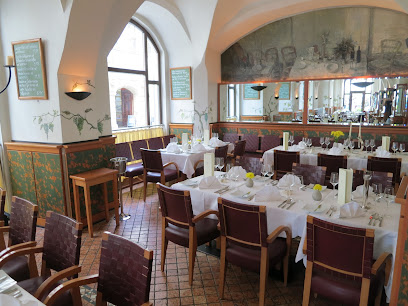
Zills Tunnel
0.4 km
Experience the best of local and international cuisine at Zills Tunnel in Leipzig - where every meal is crafted with passion.
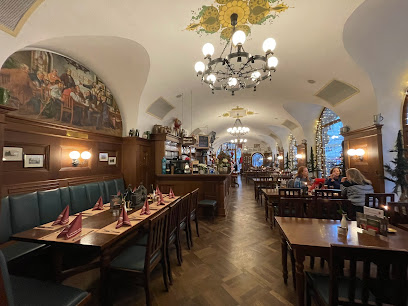
Restaurant Cafe Madrid
0.4 km
Savor the vibrant flavors of Spain at Restaurant Cafe Madrid, where authentic dishes meet warm hospitality in Leipzig's lively atmosphere.
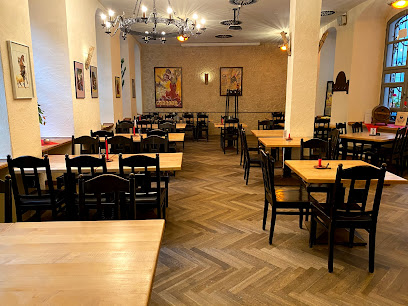
Lerchennest Leipzig
0.4 km
Discover authentic German flavors at Lerchennest Leipzig – where tradition meets taste in a cozy café setting.
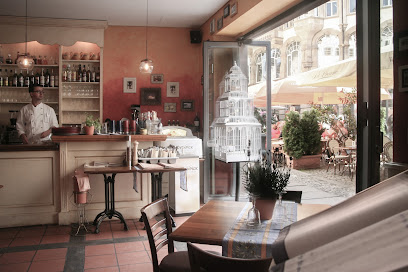
Wenzel Leipzig
0.4 km
Discover authentic Czech cuisine at Wenzel Leipzig, where traditional flavors meet warm hospitality in the heart of Germany's cultural hub.
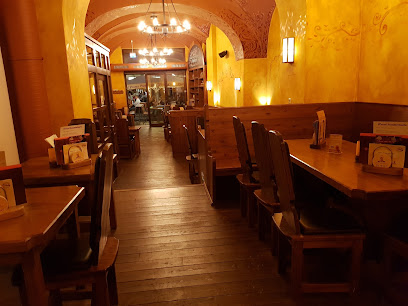
Thüringer Hof
0.5 km
Discover authentic German cuisine at Thüringer Hof in Leipzig – where tradition meets taste in a cozy setting.
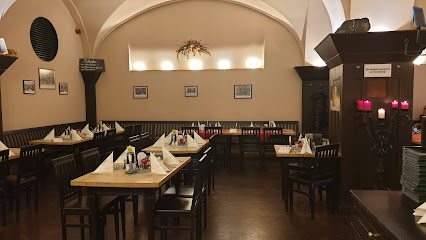
Johann S. Restaurant & Weinbar
0.5 km
Savor authentic German cuisine and fine wines at Johann S. Restaurant & Weinbar in Leipzig's vibrant culinary scene.
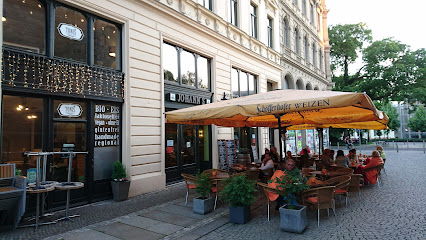
Zur Pleißenburg - Leipzig
0.5 km
Discover authentic German cuisine at Zur Pleißenburg, where traditional flavors meet cozy ambiance in the heart of Leipzig.
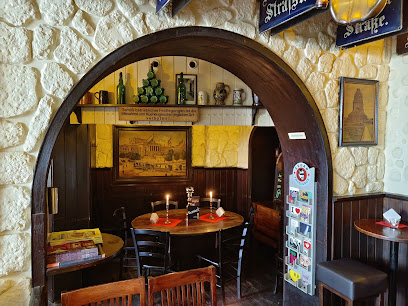
Markets, malls and hidden boutiques
Strohsack-Passage
0.0 km
Experience the vibrant shopping and cultural atmosphere at Strohsack-Passage, Leipzig's premier shopping mall located in the city's heart.
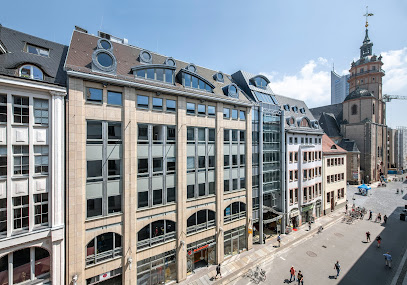
Unishop der Universität Leipzig
0.1 km
Discover unique gifts and university memorabilia at Unishop der Universität Leipzig, a charming shop in the heart of the city.
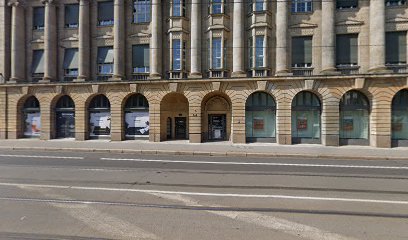
Boutique Coralie
0.1 km
Discover the essence of contemporary fashion at Boutique Coralie in Leipzig's vibrant Mitte district, where style meets local design.
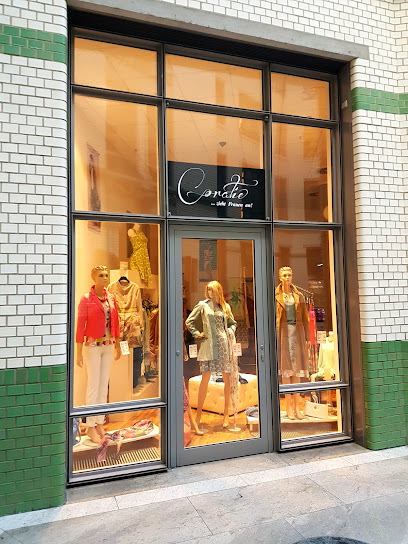
Montblanc Boutique Leipzig
0.1 km
Explore Montblanc Boutique Leipzig for exquisite luxury writing instruments, watches, and leather goods in the heart of Germany's vibrant city.

GALERIA Leipzig
0.2 km
Explore GALERIA Leipzig: A shopping haven in the heart of the city, offering diverse retail options and a taste of local culture.
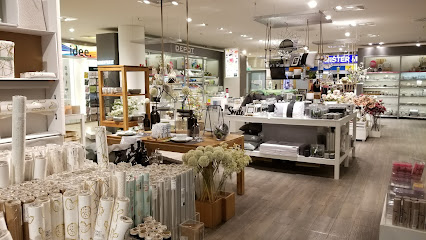
Bazar Royal
0.3 km
Discover the essence of style at Bazar Royal, Leipzig's premier clothing destination for men and women, featuring quality apparel and exquisite leather goods.
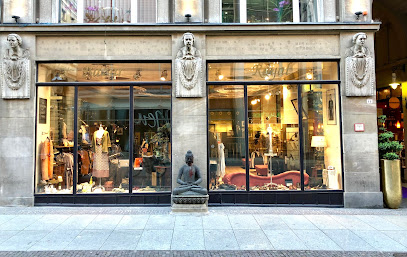
SCALA
0.3 km
Discover SCALA, Leipzig's premier clothing store, where contemporary fashion meets the city's vibrant culture and style.
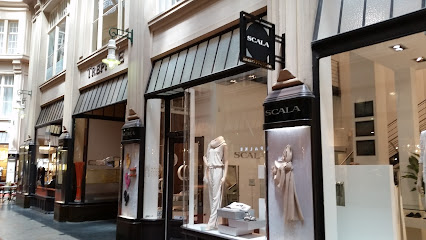
Leipzig Laden
0.3 km
Explore Leipzig Laden, a charming souvenir store in the heart of Leipzig, offering unique crafts, local gifts, and an extensive selection of books.
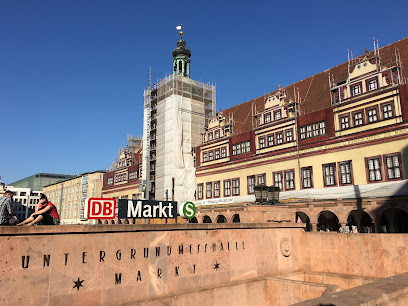
Pin Up 56
0.3 km
Explore Pin Up 56 in Leipzig for unique gifts and a taste of local fashion creativity, perfect for souvenirs and stylish finds.
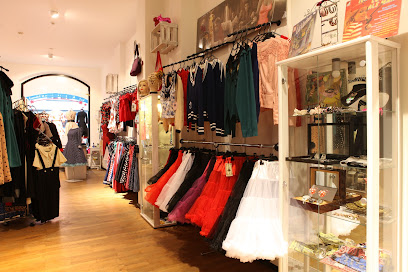
Wolford Boutique Leipzig
0.3 km
Explore Wolford Boutique in Leipzig for luxury women's fashion, exquisite lingerie, and chic accessories that define elegance and style.
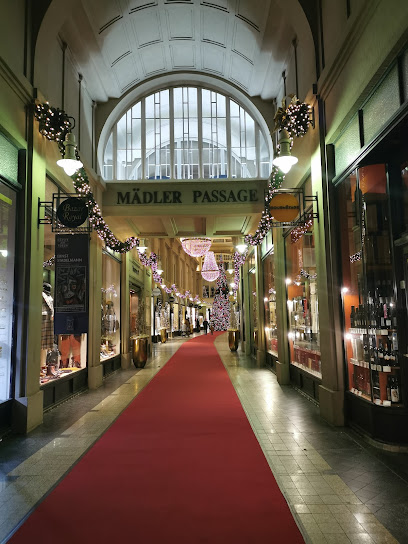
Reserved
0.3 km
Discover the ultimate shopping experience at Reserved in Leipzig, featuring stylish clothing for men, women, and children in a vibrant setting.
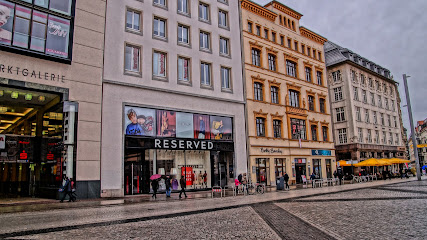
Breuninger Leipzig
0.3 km
Discover the essence of fashion at Breuninger Leipzig, where luxury meets style in a vibrant shopping environment.
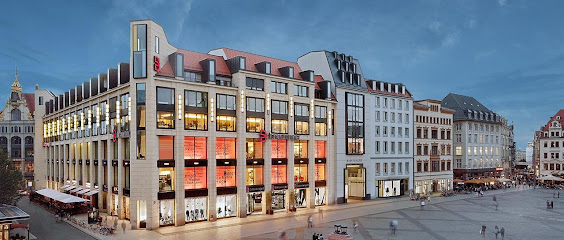
Betty Barclay
0.3 km
Discover stylish elegance at Betty Barclay in Leipzig, where contemporary fashion meets timeless sophistication in the heart of the city.
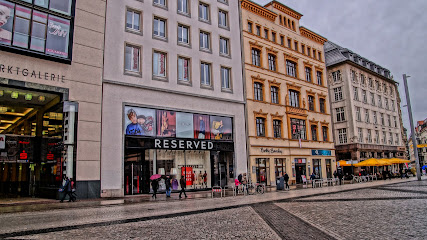
Marktgalerie
0.3 km
Explore the lively Marktgalerie in Leipzig, where shopping meets culture in a vibrant urban setting, perfect for tourists seeking local experiences.
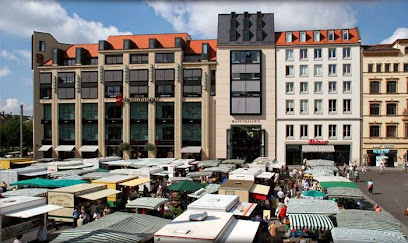
Pylones
0.4 km
Explore Pylones in Leipzig for colorful gifts and unique home goods that embody creativity and joy in every corner.
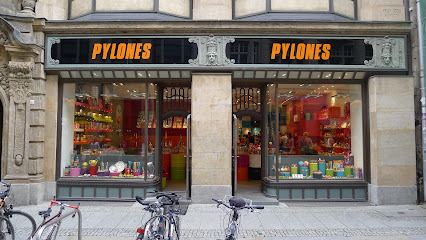
Essential bars & hidden hideouts
The First Whisk (e) y Bar Leipzig - Leipzig
0.0 km
Discover the ultimate whisky experience at The First Whisk(e)y Bar in Leipzig, featuring over 600 whiskies and an inviting ambiance to unwind.
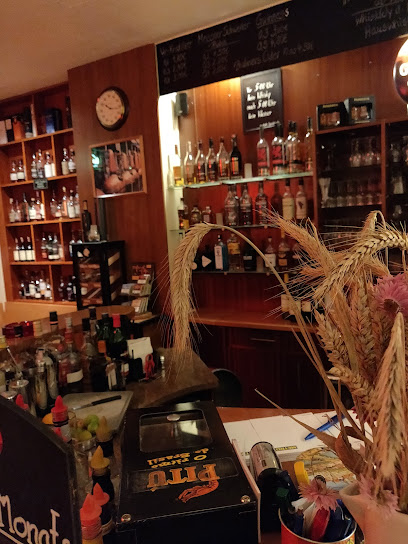
Sonderbar - Leipzig
0.0 km
Experience the vibrant atmosphere and innovative cocktails at Sonderbar in Leipzig, the perfect spot for night owls and cocktail enthusiasts.
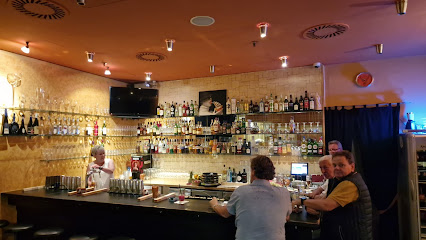
Dhillons
0.2 km
Experience the vibrant spirit of Ireland at Dhillons, Leipzig's beloved Irish pub and sports bar, perfect for tourists seeking great food and lively entertainment.
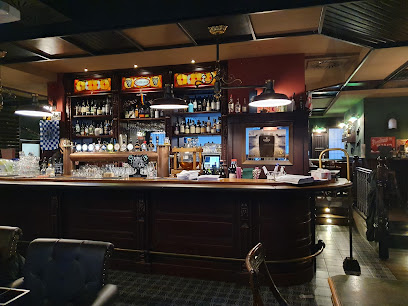
Brick's der Cocktail
0.2 km
Discover the vibrant cocktail culture at Brick's der Cocktail, a must-visit bar in Leipzig for unforgettable drinks and an electric atmosphere.
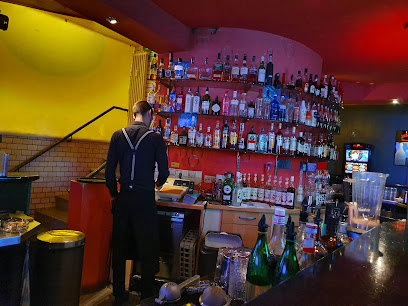
Mephisto Bar
0.3 km
Discover the enchanting Mephisto Bar in Leipzig, where history meets modernity in a cozy atmosphere with exceptional drinks.
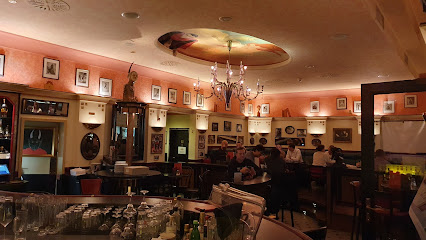
Tonelli's Leipzig
0.3 km
Explore the vibrant nightlife of Leipzig at Tonelli's, a lively live music bar and pub offering delicious food and unforgettable performances.
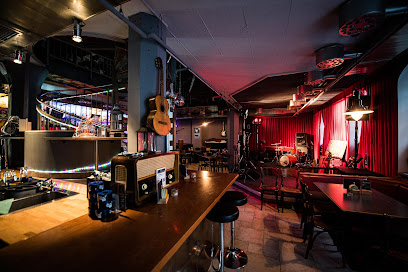
BELLINI'S BAR & RESTAURANT - Leipzig
0.3 km
Experience the vibrant atmosphere of Bellini's Bar & Restaurant, a cocktail bar and café in the heart of Leipzig with delicious food and drinks.
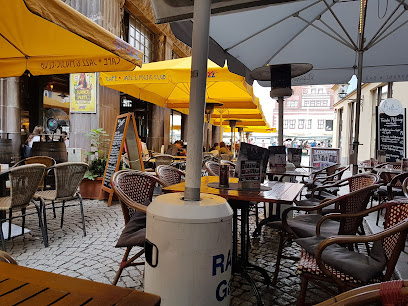
Rooftop One Bar Leipzig-Post
0.3 km
Experience the stunning skyline of Leipzig at Rooftop One Bar, where exquisite drinks and breathtaking views await you.
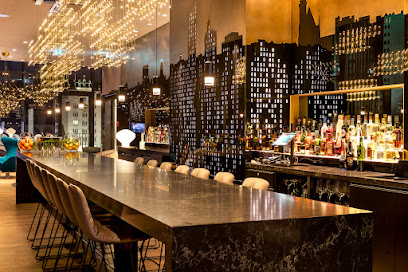
Kildare City Pub
0.4 km
Discover Kildare City Pub in Leipzig for an authentic Irish atmosphere, delicious food, and vibrant sports entertainment.
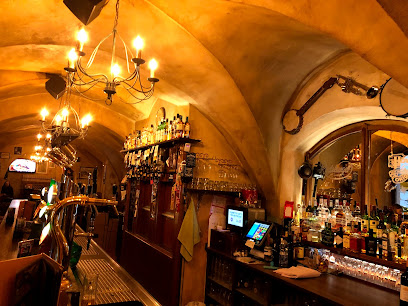
Beer bar track 8
0.4 km
Discover the essence of Leipzig's brewing culture at Beer Bar Track 8, offering a wide selection of local and international beers in a cozy setting.

Bar Cabana Dachterrasse - Leipzig
0.6 km
Experience the vibrant atmosphere of Bar Cabana Dachterrasse, Leipzig's rooftop bar with stunning views, exquisite drinks, and delicious cuisine.
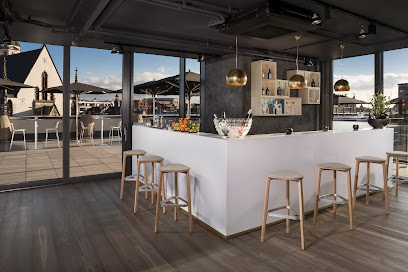
Piano Bar Leipzig
0.6 km
Experience the vibrant atmosphere of Piano Bar Leipzig, where exquisite cocktails and live music create unforgettable moments in the heart of the city.
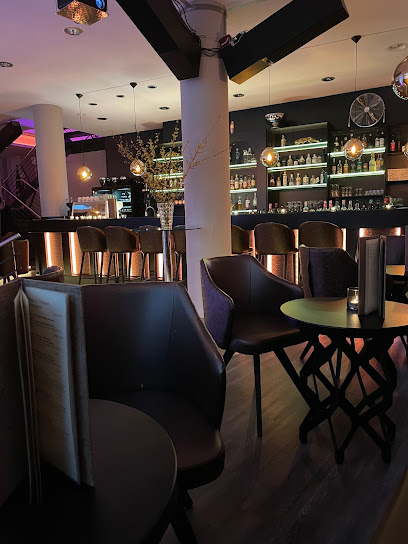
Gwuni's Cafe - und Cocktail Bar
0.6 km
Discover the perfect blend of cozy ambiance and artisanal drinks at Gwuni's Cafe and Cocktail Bar in Leipzig.
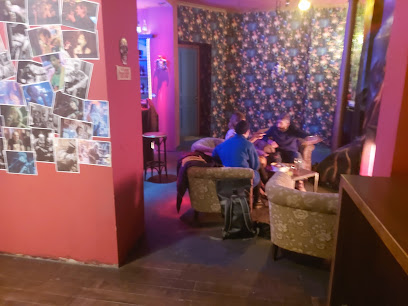
Shinto Bar & Lounge
0.7 km
Experience the vibrant nightlife of Leipzig at Shinto Bar & Lounge, where innovative cocktails and a chic atmosphere await.
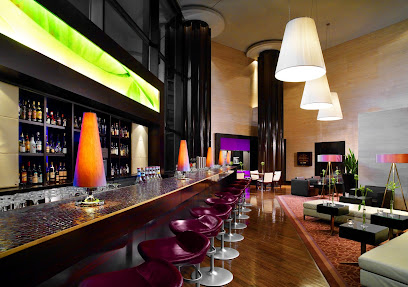
FALCO BAR
0.7 km
Falco Bar: Indulge in exquisite cocktails and elegant ambiance in the heart of Leipzig's nightlife.
